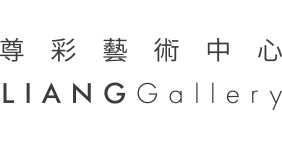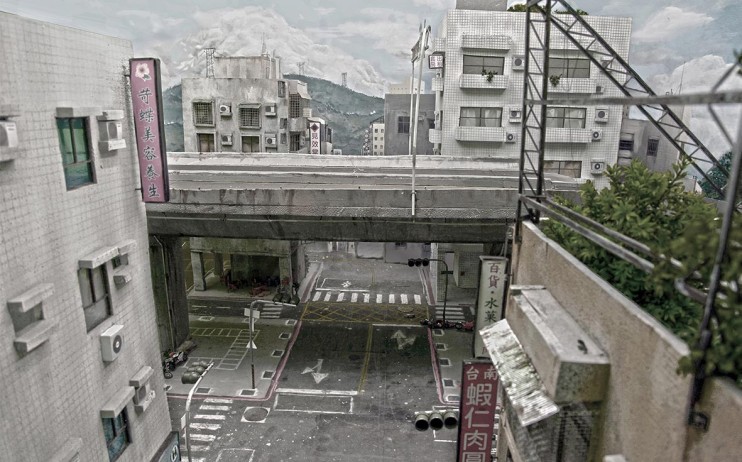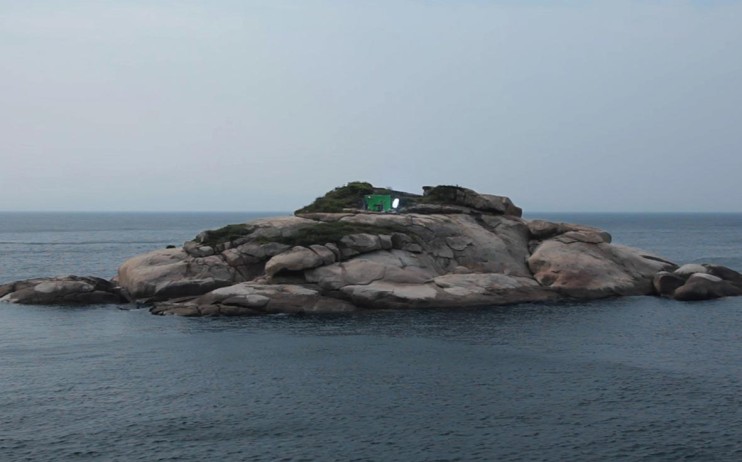2015 Art Basel Hong Kong: Film
- 三月 10, 2015
- Art Fairs, International Art Fairs
- Booth:Film Sector
- Artists:HSU CHIA-WEI、CHANG LI-REN
- Venue:Hong Kong Art Center agnès b. cinema
Development of science and technology in Taiwan has increased the importance of digital art in the country. With video art entering turbulent era, artists continue to explore their own subjective ideas and delve into various topics. They use various forms of expression to reveal unusual or unique dynamic images of Taiwan and to discuss current social events.
Two artists represented by Liang Gallery, Chang Li-Ren and Hsu Chia-Wei, have been selected into Art Basel’s Film sector. Both artists have an extensive experience in attending international exhibitions. Chang Li-Ren’s works have been displayed in Tokyo, Osaka, Hong Kong, St. Petersburg, Paris, etc.
In 2013, he received Young Art Taipei Award, in 2008, he was selected for The 8th Taishin Arts Award, and, in 2009, Chang received Kaohsiung Award, Taipei Arts Award and Taoyuan Creation Award. Hsu Chia-Wei was invited to present his works in La Biennale di Venezia for the Taiwan Pavilion in 2013. In the same year he also received the Hugo Boss Asia Art Award. Besides, his works had also participated in many exhibitions in museums, biennials and film festivals, such as Jeu De Paume, The 39th International Film Festival Rotterdam, 2012 Liverpool Biennial, 2012 Taipei Biennial, The 8th Taiwan International Documentary Film Festival, and Rencontres Internationales Pompidou, Paris, Haus der Kulturen der Welt, Berlin, and Reina Sofia National Museum, Madrid.
Chang Li-Ren’s “Battle City” recounts a person’s capability of doing things, and focuses on people trapped in a fictitious city. The ultimate aim of this project was not to produce an animation, but the process of making it itself. Chang Li-Ren rented a small apartment in Taipei, and built a small city there aiming to emphasize harsh living conditions of the artists. By using everyday materials and technologies, the artist made all the models of the city, and recorded the scenes. This project is like a portrayal of a struggle for survival in the city.
Hsu Chia-Wei’s “Marshal Tie Jia – Turtle Island” engages with the history of a tiny island of the coast of Matsu, which is situated in the Taiwan Strait. During the Qing Dynasty, the island was the site of a tiny temple. When Chiang Kai-Shek retreated to Taiwan, the temple was dismantled and relocated to a larger neighboring island, and a bunker was constructed in its place. At present, the bunker is a ruin and ownership of the island has been transferred again to the proprietors of the original temple.
The island is also under the commandment of a local god called the Marshal Tie Jia, a frog deity. This deity originated from a temple located on Wu-Yi Mountain in China, which was destroyed during the Cultural Revolution, at which point the deity migrated to Matsu. In Hsu Chia-Wei’s work, the island is used as a stage. Employing the cinematographic device of the “green screen" – a generic background that is replaced in the post-production process with any other background image – Hsu places a fictional version of the original tiny temple on the island. Slowly, the camera zooms out and reveals that green screen on the island. This scenography forms the backdrop of a performance in which a local senior citizen sings a form of folk opera found only in the south of Fujian Province, recounting the experience of WWII.
He is the last person capable of performing the opera, which has a long tradition and was known to beParis/Berlin/Madrid, screened at the Centre Marshal Tie Jia’s favorite pastime, but which has now fallen into oblivion. Young Taiwanese artists’ works present a high degree of originality and sophistication. Subject matter covers contemporary issues, history and culture. Liang Gallery wishes to introduce these two outstanding artists and their creation to the foreign visitors.


